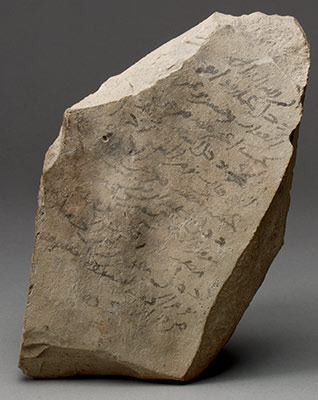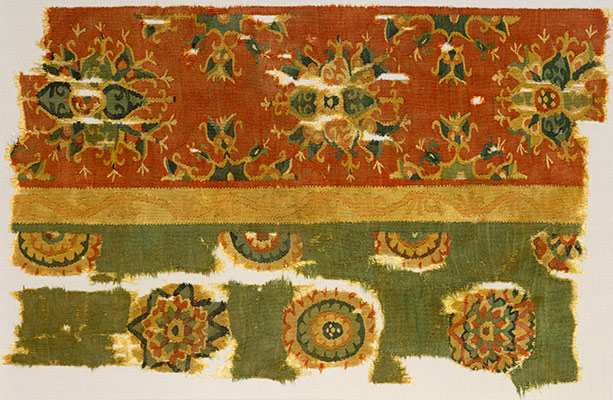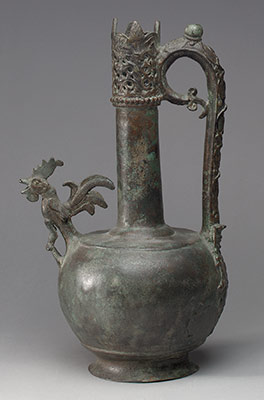

After the death of
in 632, a series of four caliphs (Arabic: khalifa, “successor”), known as the Rightly Guided, succeeded. Under their command, the Arab armies carried the new faith from Arabia to the shores of the Mediterranean and to the eastern reaches of Iran. However, following the assassination of ‘Ali ibn Abi Talib—Muhammad’s cousin, son-in-law, and fourth caliph (r. 656–61)—in 661, Mu‘awiya, the governor of Syria under the Rightly Guided Caliphs, seized power and established the Umayyad caliphate, the first Islamic dynasty (661–750). During Mu‘awiya’s reign (661–80), the seat of Islamic power was transferred from the Arabian Peninsula to Syria. Under Mu‘awiya’s successors, the important historic city of
was transformed into the capital of an empire that extended
to the Indus River.
The Umayyad period is often considered the formative period in
. At first, even though Arabic became the official language and Islam the principal religion of the diverse lands unified under Umayyad rule, artists continued to work in their established manner. The main artistic influence came from the
, which had been prevalent on the eastern shores of the Mediterranean. This was also supplemented by the more formal modes developed by the
and
, a factor that especially affected metalwork, textiles, and the depiction of animal,
, and
. With time, however, artists developed new techniques, forms, and decorative conventions that distinguished their works from earlier ones. Thus, through a process of adoption, adaptation, and creation, a new sense of artistic expression emerged that became distinctly Islamic in character shortly after the demise of the Umayyad dynasty.
As with the arts, the Umayyad period was also critical in the development of Islamic architecture. While earlier architectural traditions continued, the requirements of the new religion and customs of the new Arab rulers necessitated a different usage of space. In the case of religious buildings, the Umayyads often constructed their monuments on sites of historical or symbolic significance. The Dome of the Rock in Jerusalem (691), the first major Umayyad architectural undertaking completed under the patronage of the caliph ‘Abd al-Malik (r. 685–705), was built on a prominent site formerly occupied by Solomon’s Temple and later associated with Muhammad’s ascent to heaven. Other renowned religious buildings from the Umayyad period date from the reign of al-Walid (r. 705–15) and include the enlarged mosque in Medina (706–10), the former house of Muhammad. Also significant are the mosques of
(706), where the site of the former Roman temple and fourth-century Byzantine church dedicated to Saint John the Baptist was transformed into the congregational mosque of the Umayyad capital, and of Jerusalem (709–15). In terms of secular architecture, Umayyad desert palaces such as Mshatta, Qasr ‘Amra (Jordan), ‘Anjar (Lebanon), Khirbat al-Mafjar (Palestine), and Qasr al-Hayr East and West (Syria) (all ca. 700–750), are a testimony to the wealth of their patrons and the creativity of Umayyad architects.

No comments:
Post a Comment